A sua mensagem foi enviada.
Processaremos o seu pedido e contactá-lo-emos logo que possível.
O formulário foi enviado com sucesso.
Encontrará mais informações na sua caixa de correio.
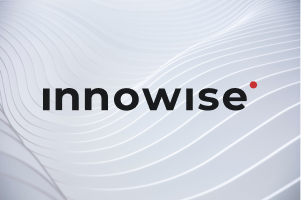
Selecionar a língua
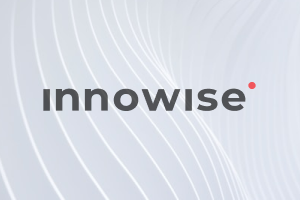

Já alguma vez se debateu com projectos de software que ultrapassam constantemente o orçamento, não cumprem os prazos ou não satisfazem as expectativas dos utilizadores? Talvez a sua equipa tenha tido dificuldades em definir esses requisitos, ou as responsabilidades tenham ficado dispersas, a comunicação tenha ficado atrasada e o progresso tenha estagnado. Não está sozinho - estes desafios são incrivelmente comuns, mas existe uma forma comprovada de os enfrentar de frente.
É exatamente isso que o SDLC (ciclo de vida de desenvolvimento de software) é construído para resolver. Oferece uma abordagem estruturada e repetível para planear, construir e fornecer software que realmente funciona.
Neste artigo, vou explicar o que o SDLC realmente significa hoje em dia, como o ajuda a clarificar o seu processo desde o primeiro dia e como o pode ajudar a fornecer software de forma consistente, mais rapidamente e com muito menos surpresas.
O Ciclo de Vida de Desenvolvimento de Software (SDLC) é um caminho estruturado para os seus projectos de software, que divide processos complexos em etapas geríveis - desde o conceito inicial até à implementação e suporte contínuo. Cada fase define tarefas específicas, atribui funções claras e estabelece resultados tangíveis, para que todos os envolvidos se mantenham na mesma página e conheçam o seu trabalho.
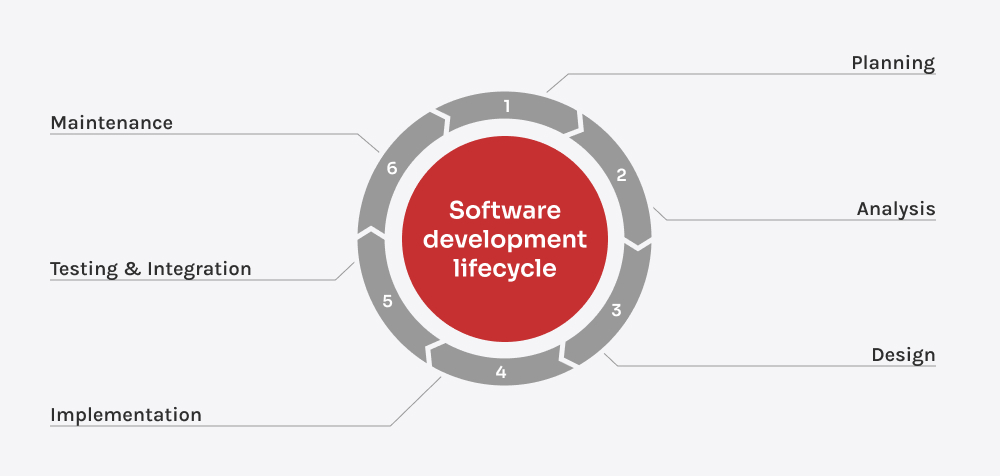
O software não nasce em linha reta. Ele evolui através de uma série de fases intencionais do SDLC. O SDLC orienta essa jornada, ajudando as equipes a se manterem alinhadas, a reduzirem os riscos e a criarem produtos que realmente atendam às necessidades dos usuários e da empresa.
Esta é a fase "porque é que estamos a fazer isto". É aqui que as equipas definem a finalidade, o âmbito, os objectivos, o orçamento e os prazos de entrega do projeto. Os analistas empresariais e os gestores de projectos trabalham em estreita colaboração com os intervenientes para identificar os pontos problemáticos e delinear uma estratégia de alto nível. O que é feito aqui: entrevistas às partes interessadas, estudos de viabilidade, avaliações de risco e planeamento de recursos.
Assim que o projeto é aprovado, a equipa começa a definir o que o software deve realmente fazer. O primeiro passo consiste em reunir os contributos de todas as partes interessadas para compreender as necessidades da empresa e as expectativas dos utilizadores. Isto leva à documentação dos requisitos funcionais (o que os utilizadores devem ser capazes de fazer) e dos requisitos técnicos (como o sistema se deve comportar). No passo final, a equipa revê e aperfeiçoa os requisitos antes de avançar.
Na fase de conceção, a equipa transforma os requisitos em bruto num plano prático para a construção do software. Começa com o design de alto nível - mapeando a arquitetura do sistema, os módulos principais, o fluxo de dados e a forma como as diferentes partes irão interagir. A partir daí, passam para a conceção de baixo nível, detalhando a lógica, a estrutura e o comportamento de cada componente, incluindo as disposições da base de dados e os algoritmos principais. Os designers criam frequentemente wireframes ou protótipos clicáveis para explorar o percurso do utilizador e detetar problemas de usabilidade numa fase inicial. Esta fase elimina o trabalho de adivinhação para os programadores e ajuda a evitar um retrabalho dispendioso, revelando os desafios técnicos antes de qualquer código ser escrito.
Na fase de desenvolvimento, o software começa a tomar forma à medida que os programadores traduzem os projectos em código funcional. Os programadores constroem a aplicação peça a peça, muitas vezes em ciclos curtos e específicos que permitem testes, feedback e ajustes frequentes. Os programadores não se limitam a escrever código - fazem escolhas arquitectónicas deliberadas e estruturam funcionalidades para uma manutenção a longo prazo. Ao longo do processo, os programadores mantêm-se em estreita sintonia, revendo o trabalho uns dos outros, aperfeiçoando a lógica e resolvendo problemas de forma colaborativa para manter o produto alinhado com a visão técnica e os objectivos comerciais.
Por mais polida que seja a base de código, o software não testado é uma bomba-relógio. A fase de teste é a fase em que o produto é testado antes de chegar aos utilizadores. Normalmente, começa com o teste do sistema - verificando se toda a aplicação funciona como uma unidade. Seguem-se os testes manuais, em que os engenheiros de controlo de qualidade simulam a utilização no mundo real e os casos extremos. Por fim, os testes automatizados entram em ação para cobrir tarefas repetitivas à escala, garantindo a estabilidade após cada nova implementação.
A implementação é o momento em que o software sai do laboratório e entra no mundo real. A equipa lança o produto aos utilizadores - seja num grande lançamento ou gradualmente através de lançamentos faseados - enquanto monitoriza de perto o seu comportamento no ambiente real. Esta fase envolve a configuração da infraestrutura, a criação de pipelines de implementação automatizados e a preparação de estratégias de reversão para o caso de algo correr mal. Os programadores, os engenheiros de DevOps e o controlo de qualidade trabalham frequentemente lado a lado para facilitar o processo de lançamento, corrigir problemas de última hora e garantir que tudo funciona exatamente como pretendido desde o primeiro dia.
Quando o software está ativo, começa o verdadeiro teste. A equipa monitoriza o desempenho, responde aos comentários dos utilizadores e resolve os erros ou vulnerabilidades que surgem em condições reais. Igualmente importante é o facto de as equipas de apoio trabalharem como linha da frente, recolhendo informações dos utilizadores, enquanto os programadores tratam dos ajustes técnicos e das melhorias a longo prazo. O software torna-se um produto vivo - constantemente aperfeiçoado para se manter relevante e fiável.
A forma como se constrói software é tão importante como o que se está a desenvolver. Os modelos SDLC estruturam o caos - ajudando as equipas a navegar por objectivos variáveis, prazos apertados e o constante cabo de guerra entre qualidade e rapidez.
O modelo Waterfall é uma abordagem linear e sequencial. Consiste em fases distintas: Requisitos, Conceção, Implementação, Testes, Implementação e Manutenção. Cada fase deve ser concluída antes de passar para a seguinte. Não há como voltar atrás quando uma fase é concluída. Este modelo funciona bem quando os requisitos estão bem definidos e é pouco provável que se alterem.
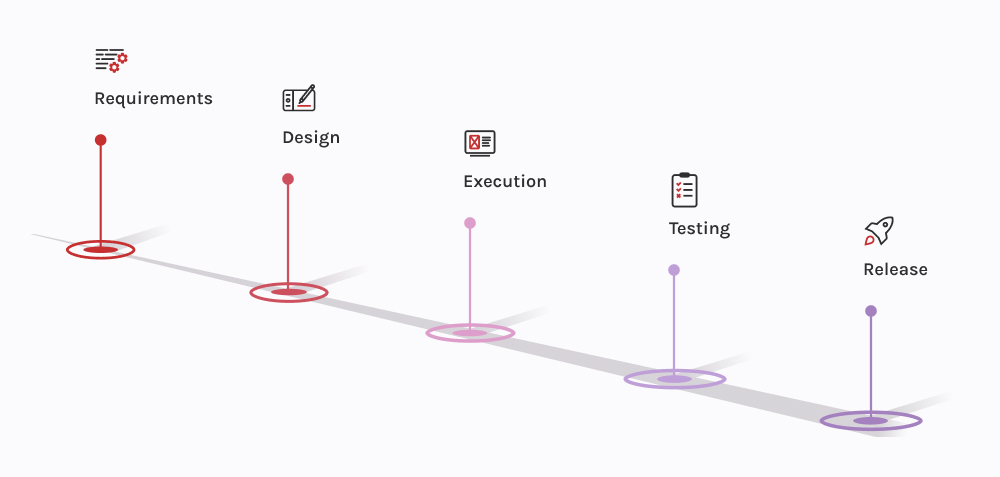
O modelo Agile divide o projeto em pequenas partes geríveis chamadas sprints, que normalmente duram 2-4 semanas. Durante cada sprint, as equipas desenvolvem, testam e recolhem feedback para fazer melhorias. O Agile dá ênfase à colaboração com o cliente e à flexibilidade, permitindo alterações mesmo numa fase tardia do desenvolvimento. As estruturas ágeis mais populares incluem Scrum e Kanban. É ideal para projectos em que os requisitos mudam frequentemente, como software com actualizações regulares.
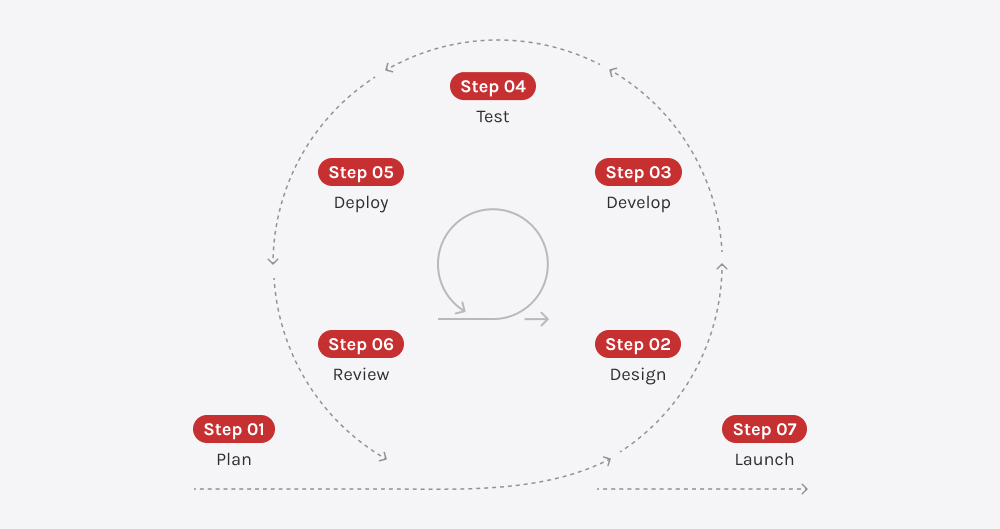
O modelo iterativo permite-lhe construir software passo a passo. Começa-se com uma versão simples do produto e depois continua-se a melhorá-lo através de várias rondas. Em cada iteração, a equipa planeia, concebe, codifica e testa novas funcionalidades ou aperfeiçoamentos. É uma escolha sólida quando o âmbito do projeto não está totalmente definido no início, porque se pode adaptar e melhorar à medida que se avança.

O modelo em espiral combina o desenvolvimento iterativo com a avaliação sistemática dos riscos. É composto por quatro fases principais: Planeamento, Análise de Risco, Engenharia e Avaliação. Cada ciclo da espiral aborda um conjunto de requisitos, com avaliação de risco em cada fase. O modelo repete o processo, acrescentando gradualmente mais funcionalidades. É utilizado para projectos grandes, complexos ou de alto risco, como os sistemas aeroespaciais ou de software crítico.
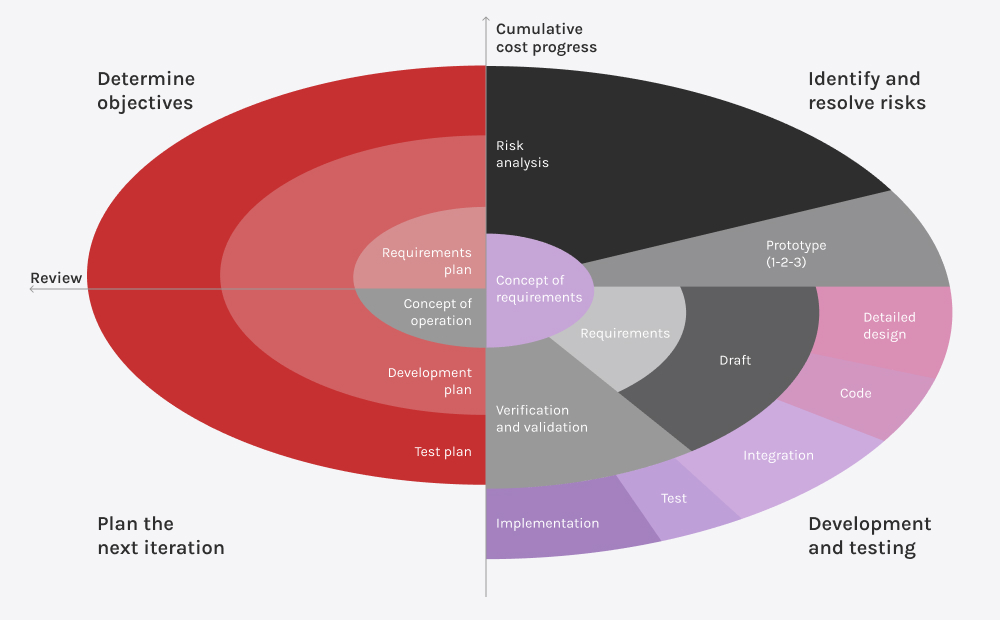
Este modelo é semelhante ao Waterfall, mas integra testes alargados em cada fase. Após a conclusão de uma fase de desenvolvimento, segue-se uma fase de testes correspondente. Isto torna-o mais fiável para projectos em que a precisão e a validação são cruciais.
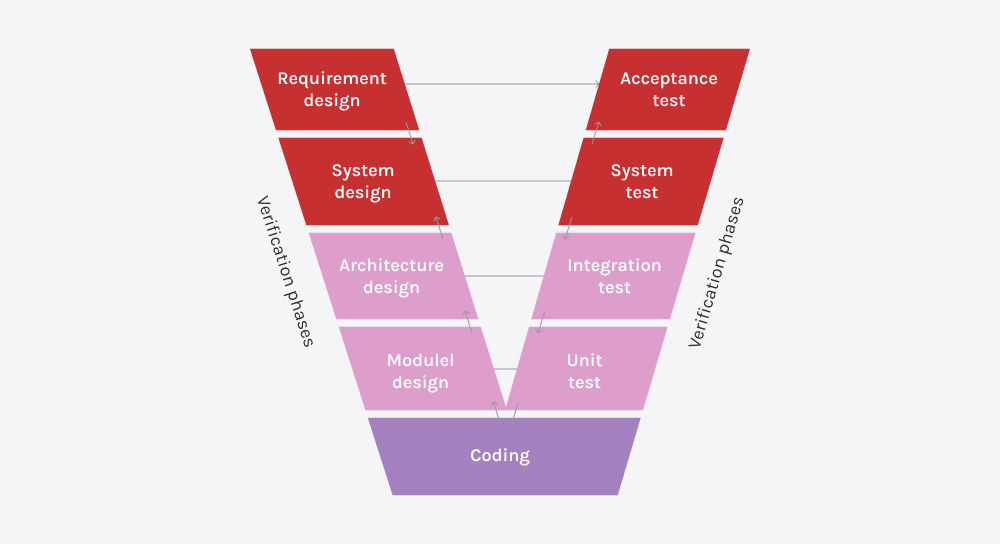
O modelo Big Bang implica iniciar o desenvolvimento sem grande planeamento. Os programadores criam o software com base em requisitos limitados, tendo frequentemente como objetivo um protótipo rápido. Este modelo é de alto risco e pode resultar em resultados imprevisíveis, mas é adequado para pequenos projectos com requisitos simples ou software experimental.
O DevOps é uma abordagem que combina o desenvolvimento de software (Dev) e as operações de TI (Ops) para melhorar a colaboração, a velocidade e a eficiência. Centra-se na automatização de tarefas repetitivas como os testes, a integração, a implementação e a monitorização.

Escolher o modelo de SDLC certo pode definir o tom de todo o seu projeto. O melhor ajuste depende de fatores como tamanho do projeto, complexidade, orçamento, prazos, experiência da equipe e envolvimento dos interessados.
Vejamos como pode associar diferentes metodologias SDLC às caraterísticas típicas de um projeto:
| Fator | Modelos SDLC recomendados |
| Requisitos claros | Cascata, modelo em V |
| Mudança de requisitos | Ágil, Iterativo |
| Pequenos projectos | Cascata |
| Projectos grandes ou complexos | Ágil, Espiral, DevOps |
| Interação frequente com os clientes | Ágil, Scrum |
| Interação mínima com o cliente | Cascata, modelo em V |
| Orçamento e calendário fixos | Cascata, modelo em V |
| Orçamento e calendário flexíveis | Ágil, Espiral |
| Necessidade de libertação rápida | Ágil |
| Prazo de desenvolvimento mais longo | Cascata, modelo em V |
| Manutenção contínua | Ágil, DevOps |
A adoção de uma abordagem de Ciclo de Vida de Desenvolvimento de Software (SDLC) pode realmente alterar a fluidez dos seus projectos de software. Eis como o SDLC ajuda a tornar todo o processo mais fácil de gerir e eficaz:
Na Innowise, vimos em primeira mão como o software ciclo de vida do desenvolvimento (SDLC) facilita a vida às nossas equipas e aos nossos clientes. Ao seguir as melhores práticas do SDLC, mantemo-nos em sintonia com todos os envolvidos, definindo claramente os objectivos e as expectativas desde o início. Isto significa menos surpresas, processos mais suaves e resultados previsíveis em todas as fases, desde o planeamento e desenvolvimento até aos testes e implementação.
Está a pensar em atualizar a sua própria abordagem? Confira nossa página de serviços e veja como podemos ajudá-lo a trazer clareza e eficiência ao seu próximo projeto de software.
Dmitry lidera a estratégia tecnológica por trás das soluções personalizadas que realmente funcionam para os clientes - agora e à medida que crescem. Ele une a visão geral com a execução prática, garantindo que cada construção seja inteligente, escalável e alinhada com o negócio.
Avaliar este artigo:
4.8/5 (45 comentários)







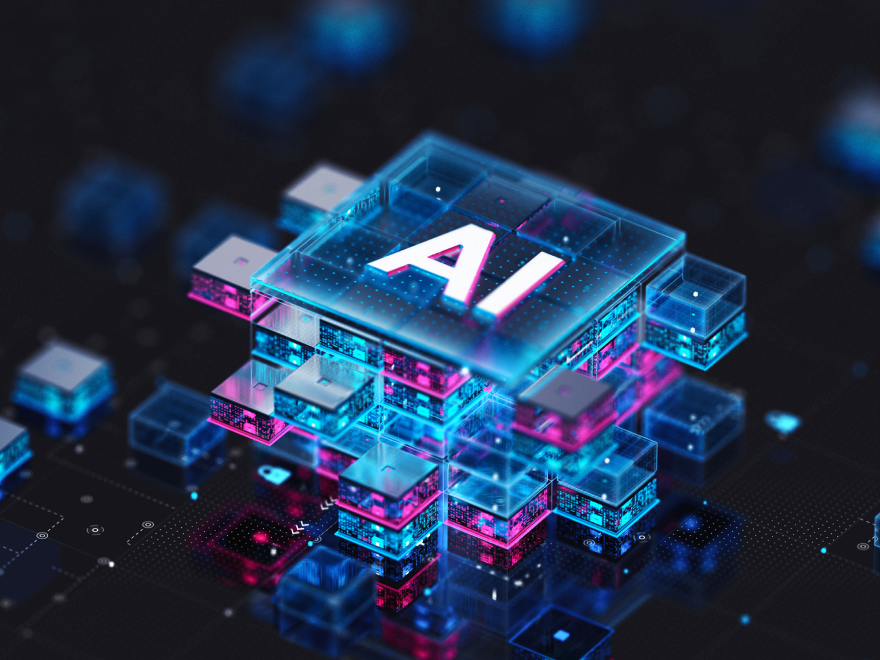




A sua mensagem foi enviada.
Processaremos o seu pedido e contactá-lo-emos logo que possível.

Ao inscrever-se, o utilizador concorda com a nossa Política de privacidadeincluindo a utilização de cookies e a transferência das suas informações pessoais.